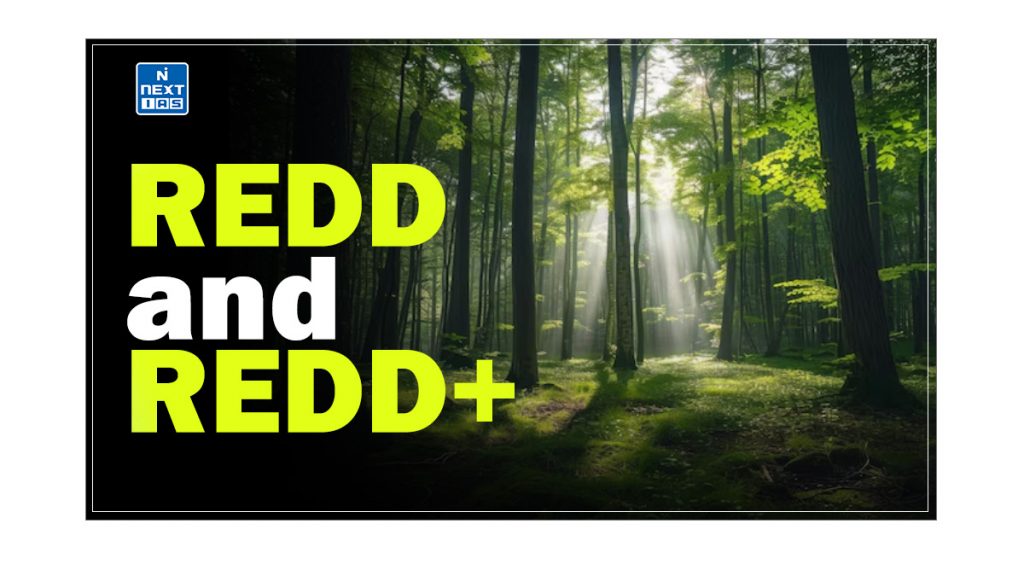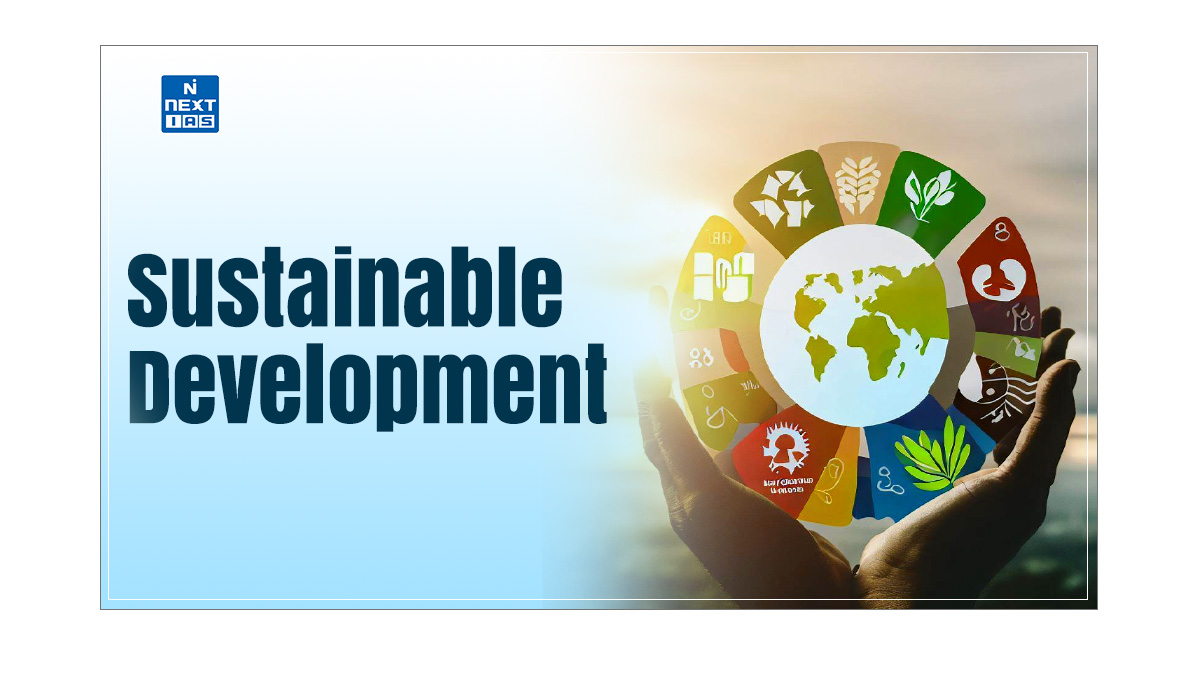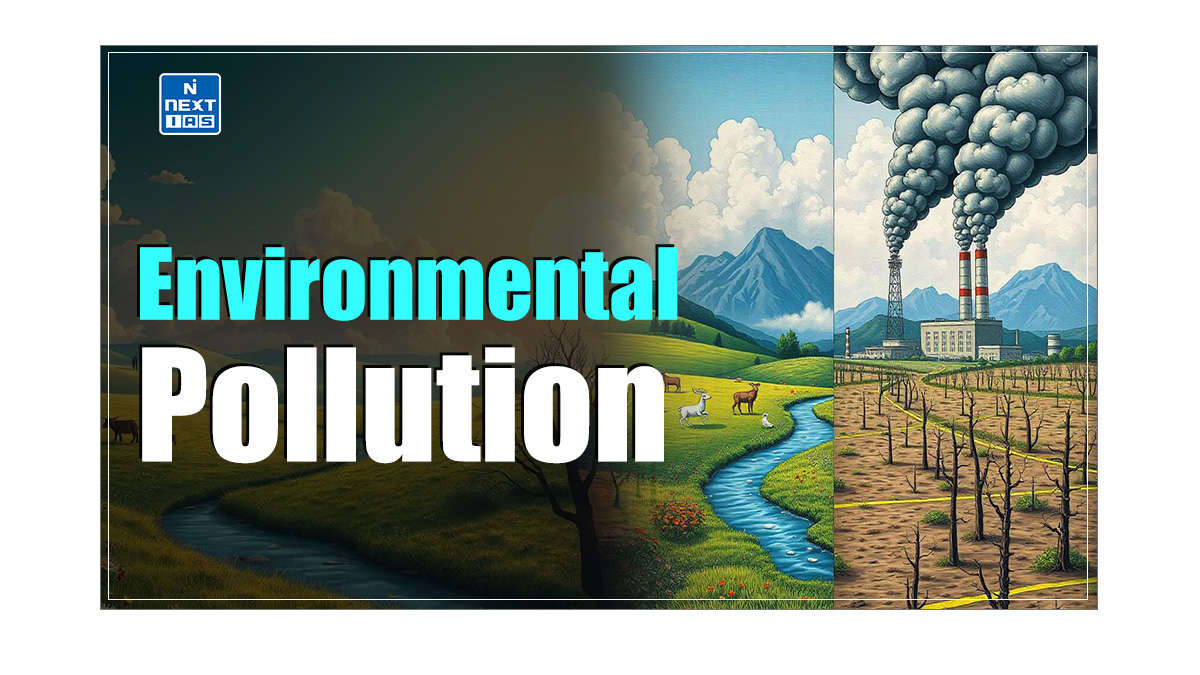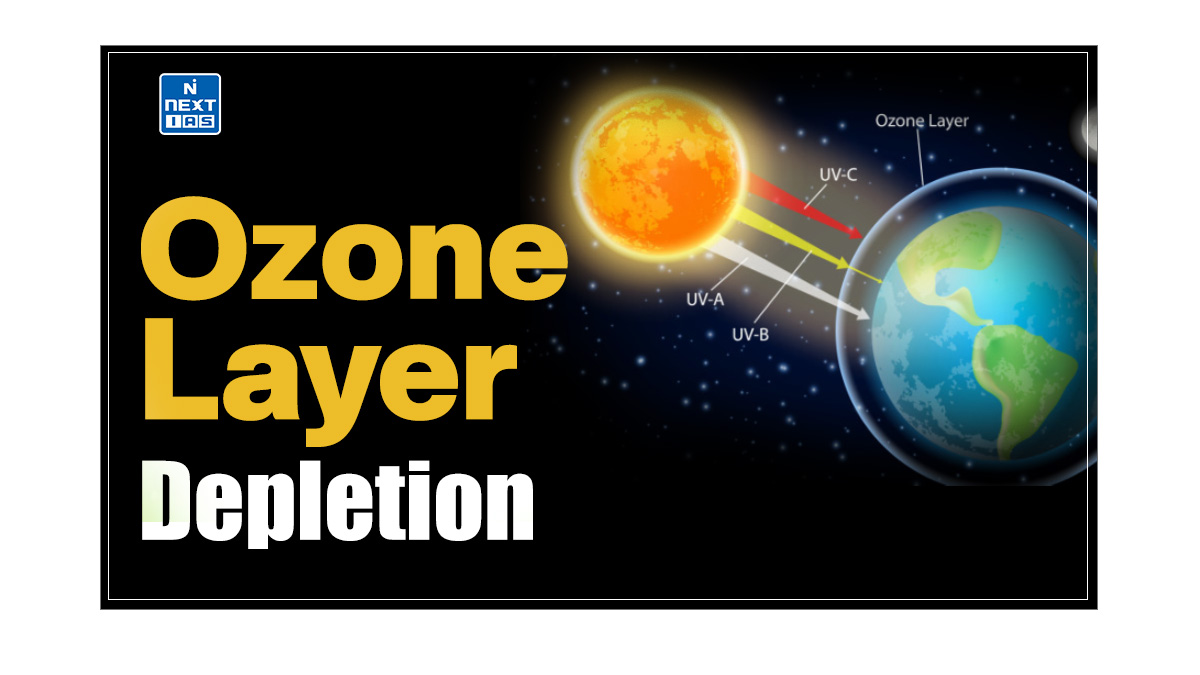
REDD (Reducing Emissions from Deforestation and Forest Degradation) is a UN initiative designed to incentivise developing countries to reduce forest loss and degradation. REDD Plus expands this framework to include conservation and sustainable forest management, highlighting its significance in addressing climate change while promoting sustainable development. This article aims to study in detail the mechanisms, objectives, and impacts of REDD and REDD Plus in fostering environmental sustainability and supporting local communities.
About Reducing Emissions from Deforestation and Forest Degradation (REDD)
- The United Nations Collaborative Programme on Reducing Emissions from Deforestation and Forest Degradation (REDD) in Developing Countries was launched in 2008.
- It builds on the convening capacity and technical expertise of the Food and Agriculture Organization of the United Nations (FAO), the United Nations Development Programme (UNDP), and the United Nations Environment Programme (UNEP).
- The overall development goal of the Programme is to reduce forest emissions and enhance carbon stocks in forests while contributing to national sustainable development.
Objectives of REDD
The objectives of REDD (Reducing Emissions from Deforestation and Forest Degradation) include:
- Reduce Deforestation and Degradation: To decrease the rates of deforestation and forest degradation in developing countries, thereby lowering greenhouse gas emissions.
- Enhance Carbon Stocks: To promote the sustainable management of forests, enhancing carbon stocks through afforestation, reforestation, and improved forest management practices.
- Support Sustainable Development: To contribute to national sustainable development goals by integrating environmental, social, and economic considerations in forest management.
- Financial Incentives: To establish financial mechanisms that reward countries for measurable emissions reductions, making conservation efforts economically viable.
- Strengthen Capacity: To build institutional capacity in developing countries for effective forest governance, monitoring, and reporting of emissions.
Financial Mechanism of REDD
- REDD is a framework through which developing countries are rewarded financially for any emissions reductions achieved associated with a decrease in the conversion of forests to alternate land use.
- By identifying current or projected rates of deforestation and forest degradation, countries taking remedial action to reduce those rates effectively will be financially rewarded based on the extent of their achieved emissions reductions.
- REDD provides a unique opportunity to reduce large-scale emissions at comparatively low abatement costs.
- Valuing the economic role forest ecosystems play in carbon capture and storage allows intact forests to compete with historically more lucrative, alternate land uses, which results in their destruction.
- The UN-REDD Programme supports nationally led REDD+ processes and promotes the informed and meaningful involvement of all stakeholders, including Indigenous peoples and other forest-dependent communities, in implementing REDD+ activities agreed under the UNFCCC.
Initial Focus of REDD
- REDD was first and foremost focused on reducing emissions from deforestation and forest degradation.
- This emphasis was aimed at addressing the significant contributions of these factors to global greenhouse gas emissions.
The Bali Action Plan
- In 2007, the Bali Action Plan was formulated at the thirteenth Conference of the Parties (COP-13) to the United Nations Framework Convention on Climate Change (UNFCCC).
- This plan stated that a comprehensive approach to mitigating climate change should include “policy approaches and positive incentives” related to reducing emissions from deforestation and forest degradation in developing countries.
Expanded Emphasis on Forest Conservation
- A year later, the role of conservation, sustainable management of forests, and enhancement of forest carbon stocks was upgraded to receive the same emphasis as avoided emissions from deforestation and forest degradation.
- This shift acknowledged the importance of a holistic approach to forest management in climate change mitigation efforts.
About Reducing Emissions from Deforestation and Forest Degradation in Developing Countries (REDD Plus)
- REDD+ is a mechanism aimed at slowing down climate change by rewarding developing countries for halting deforestation and forest degradation.
- REDD+ seeks to create a financial value for the carbon stored in forests, offering incentives for developing countries to reduce emissions from forested lands and invest in low-carbon paths to sustainable development.
Features of REDD+
The features of REDD+ are as follows:
- Reducing emissions from deforestation and forest degradation (REDD+) is a mechanism developed by Parties to the United Nations Framework Convention on Climate Change (UNFCCC).
- It creates a financial value for the carbon stored in forests by offering incentives for developing countries to reduce emissions from forested lands and invest in low-carbon paths to sustainable development.
- Developing countries would receive results-based payments for results-based actions.
- REDD+ goes beyond simply deforestation and forest degradation and includes the role of conservation, sustainable management of forests, and enhancement of forest carbon stocks.
- REDD+ incorporates important benefits of livelihood improvement, biodiversity conservation, and food security services.
Components of REDD+
- REDD+ goes beyond deforestation and forest degradation to include the roles of conservation and sustainable management.
- In 2010, at COP-16 in the Cancun Agreements, REDD evolved into REDD+ to reflect these new components. REDD+ now encompasses:
- Reducing emissions from deforestation.
- Reducing emissions from forest degradation.
- Conservation of forest carbon stocks.
- Sustainable management of forests.
- Enhancement of forest carbon stocks.
Potential Benefits of REDD+
- Within its remit, REDD+ has the potential to simultaneously contribute to climate change mitigation and poverty alleviation while conserving biodiversity and sustaining vital ecosystem services.
- In essence, REDD+ means developed countries pay developing countries to prevent deforestation or to regenerate their forests, based on the assumption that without REDD+, these forests would have been cut down, accelerating climate change.
Forest Carbon Partnership Facility (FCPF)
- The Forest Carbon Partnership Facility is a global partnership of Governments, businesses, civil society, and indigenous Peoples.
- It focused on reducing emissions from deforestation and forest degradation, conserving forest carbon stock, sustainable forest management, and enhancing forest carbon stocks in developing countries (activities commonly referred to as REDD+).
Objectives of Forest Carbon Partnership Facility (FCPF)
The objectives of the Forest Carbon Partnership Facility (FCPF) are:
- To assist countries in their REDD+ efforts by providing them with financial and technical assistance in building their capacity to benefit from possible future systems of positive incentives for REDD+.
- To pilot a performance-based payment system for REDD+ activities to ensure equitable benefit sharing and promote future large-scale positive incentives for REDD+.
- Within the approach to REDD+, to test ways to sustain or enhance local communities’ livelihoods and conserve biodiversity.
- To disseminate broadly the knowledge gained in the development of the Facility and the implementation of Readiness Preparation Proposals (RPPs) and Emission Reductions Programs (ERPs).
Overview of Forest Carbon Partnership Facility (FCPF)
- The Forest Carbon Partnership Facility (FCPF) has two separate but complementary funding mechanisms:
- The Readiness Fund and
- The Carbon Fund.
- Both funds are underpinned by a multi-donor fund comprising governments and non-governmental entities, including private companies, with a minimum financial contribution of $5 million.
Categories of Participants of Forest Carbon Partnership Facility (FCPF)
The FCPF consists of three categories of participants:
- REDD+ Country Participants: These are countries from tropical and subtropical regions of the globe.
- Donor Participants: These participants contribute to the Readiness Fund.
- Carbon Fund Participants: These participants contribute to the Carbon Fund.
Together, these participants form the FCPF’s decision-making bodies, the Participants Assembly (PA) and the Participants Committee (PC).
Role of World Bank
- The World Bank, the Inter-American Development Bank, the United Nations Development Programme, and the United Nations Food and Agriculture Organization are Delivery Partners under the Readiness Fund responsible for providing REDD+ readiness support services to distinct countries.
Conclusion
In conclusion, REDD+ and the Forest Carbon Partnership Facility (FCPF) are essential tools in the fight against climate change. They foster sustainable forest management while supporting local communities. By incentivizing emissions reductions and promoting biodiversity conservation, these initiatives pave the way for a more sustainable future, effectively addressing both climate and development challenges.
Frequently Asked Questions (FAQs)
What is REDD plus?
REDD+ (Reducing Emissions from Deforestation and Forest Degradation) is a global initiative aimed at incentivizing developing countries to reduce deforestation and forest degradation while promoting sustainable forest management and conservation.
What is the difference between REDD and REDD+?
REDD focuses solely on reducing emissions from deforestation and forest degradation, while REDD+ includes additional activities such as conservation, sustainable forest management, and enhancement of forest carbon stocks.
What are Carbon Stocks?
Carbon stocks refer to the amount of carbon stored in a given area, typically in forests, soil, and vegetation, which is crucial in regulating atmospheric carbon dioxide levels.
When was REDD Plus established?
REDD Plus was established in 2005 during the Conference of the Parties to the UN Framework Convention on Climate Change (UNFCCC).






